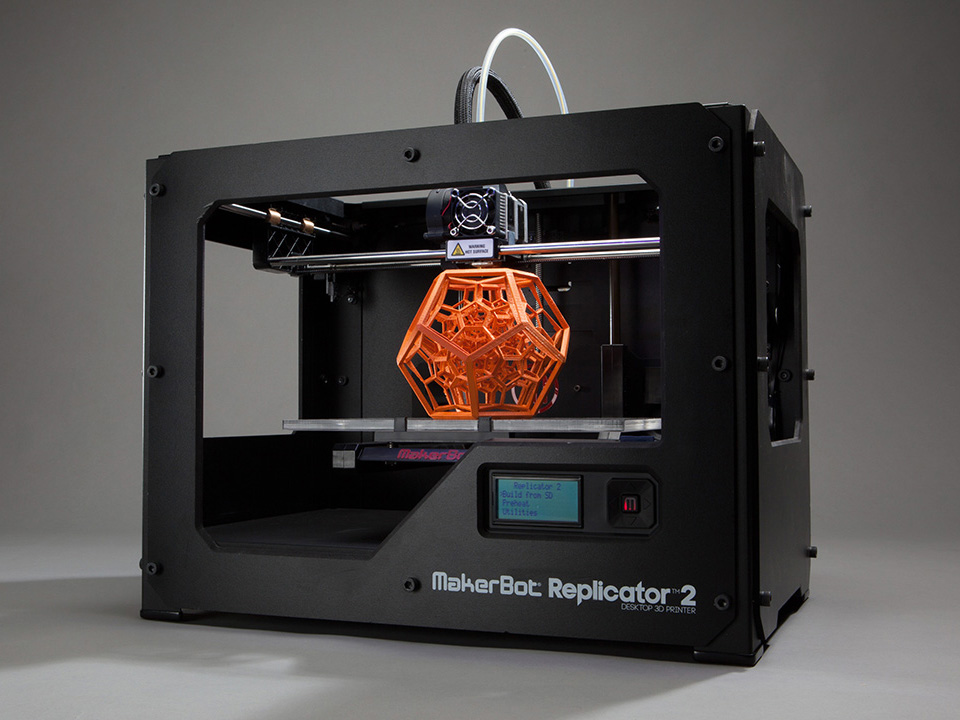Enterprise 3D Printer Shipments Forecast to Grow 44 Percent in 2016
Mumbai, India, October 13, 2016 — Worldwide shipments of 3D printers will reach 455,772 units in 2016, more than doubling the 219,168 units shipped in 2015, according to Gartner, Inc.’s latest forecast. Despite slowing growth rates after the market’s initial growth spurt, the increase in 3D printer shipments over the next four years will see the number of units shipped in 2020 total more than 6.7 million.
“Once a niche market, 3D printing has continued its rapid transformation into a broad-based mainstream technology embraced by consumers and enterprises around the world,” said Pete Basiliere, research vice president at Gartner. “The evolution of hardware and software along with an ever-expanding collection of usable materials has driven growth in both the consumer and enterprise 3D printing markets.”
3D printing is now experiencing widespread acceptance beyond its application in specialist industries. Today, 3D printing is being used to create prototypes, augment manufacturing processes and produce finished products. Industries in a broad range employ 3D printing to a modest extent. Gartner expects wider and more diverse growth to continue as new technology providers and processes emerge.
Seven technologies constitute the current 3D printer market, with material extrusion forecast to lead the market through 2020, largely due to the low cost of entry-level material extrusion printers. Stereolithography printer shipments will also grow at a rapid rate as new providers enter the market and the range of printable materials expands.
“The primary market driver for consumer 3D printers costing under $2,500 is the acquisition of low-cost devices by educational institutions and enterprise engineering, marketing and creative departments,” said Mr. Basiliere. “3D printers are being utilized for several applications and subjects by students in secondary and postsecondary schools where the use of 3D printers can prepare students for many career paths, such as engineering, manufacturing, aerospace and robotics.”
The primary enterprise 3D printer market drivers are the part quality, material advances and the devices’ ability to make prototypes, tools, fixtures, and finished goods. Prototyping will remain the primary enterprise use for 3D printers throughout the forecast period, while their use to augment manufacturing will grow to 75 percent of enterprises by 2020. By this time, nearly 65 percent of discrete manufacturers that expect to use 3D printers will be using them to produce components of the products they sell or service.
“Aircraft and aerospace manufacturers have been taking this approach for years, using 3D printers to produce low-volume parts and small lots of parts with complex designs,” said Mr. Basiliere. “Military organizations, whose equipment often has very long lives, are working with defense contractors to evaluate 3D printing of replacement and modified components on shore and at sea.”
From a regional perspective, North America and Western Europe will continue to experience very strong growth in the 3D printer market in 2016; however, their shipment growth rates will continue trailing several regions worldwide. Gartner predicts that the Greater China, emerging Asia/Pacific and mature Asia/Pacific regions will experience a combination of high 3D printer shipments and high growth rates through 2020. This growth will be driven by private-sector and public-sector organizations that recognize the threat that 3D printing poses to native industries that rely on conventional manufacturing technologies.
Gartner clients can read more in the report: “Forecast: 3D Printers, Worldwide, 2016.”
Gartner analysts will explore technology trends at Gartner Symposium/ITxpo 2016, the world’s most important gathering of CIOs and other senior IT executives. Follow news and updates on Twitter using #GartnerSYM.
PRESS RELEASE









